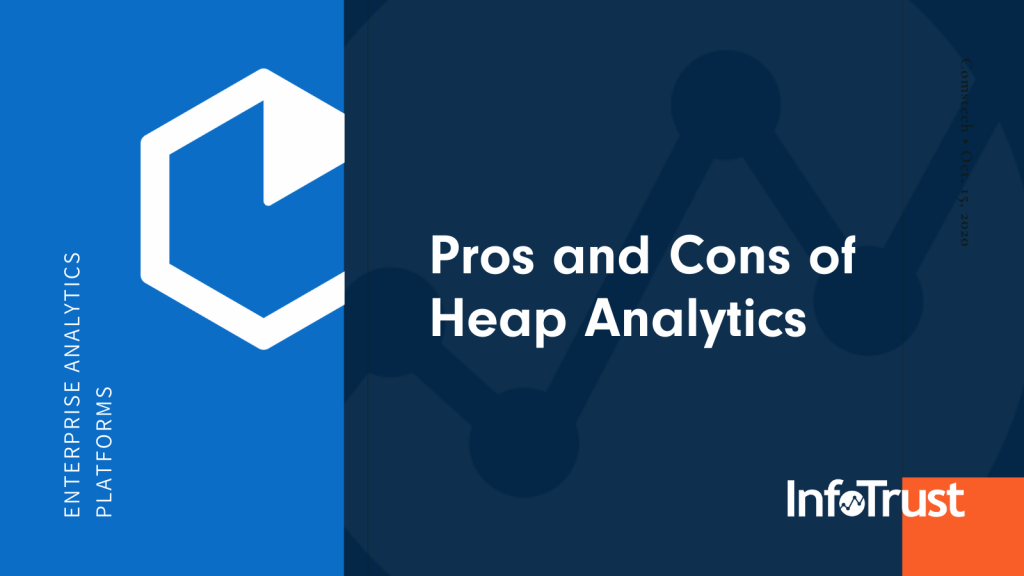Heap was founded in 2012 with a “capture everything” approach. Its analytics product was born out of the need to analyze data without having to write tracking code first. Heap does this by capturing all data up front, then allowing the user to analyze it later. In this article, we take a brief look at the pros and cons of Heap.
Heap Pros
Retroactive analysis: Heap allows users to retroactively define events and conversions. This is a handy feature, especially in situations where deliverables are ever-evolving.
Low cost of tagging maintenance: Heap has a low (zero) cost of tagging maintenance, as every user event is tracked out-of-the-box, thus no need for custom tagging.
Real-time reports: All reports are 100% real-time.
Optimized for the complex: Heap is optimized for complicated web and mobile applications out-of-the-box.
Heap Cons
High-cost support: Heap has automatic event-tracking, and every user event is tracked. This is a useful feature, but creates a chaotic storage dilemma. Creating queries to segment this data may require external support services.
PII exposure: Heap has an aggressive algorithm that filters PII (personally identifiable information). However, it only takes one incident to expose potentially sensitive PII.
Heap’s technology looked promising, but we’re not convinced that Heap has elegantly solved the PII problem. In highly-regulated industries (such as finance or healthcare, for example), and with privacy regulations such as the CCPA now in place, safeguarding the end users’ PII is paramount.
Currently Using or Considering Heap?
At InfoTrust, our team of experienced analytics consultants understands that unique organizational needs call for unique platform solutions. Our team can help you decide if Heap is currently meeting (or will meet) your complex analytics requirements. Talk to us today.


